What Can Plants Do That Animals Cannot
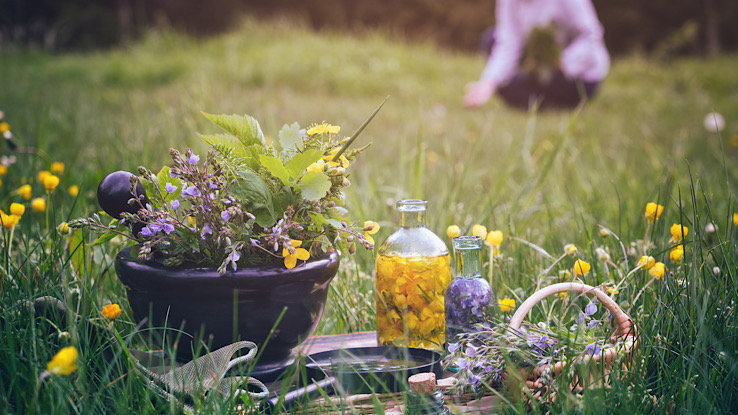
Different countries and cultures worldwide have used medicinal plants for thousands of years. Several studies have looked into the usefulness of these medicinal plants. Even so, more inquiry is withal ongoing to sympathise the medical benefits better. This article provides basic information well-nigh specific medicinal plants and what the science says now. For more information, visit Herbs At a Glance.
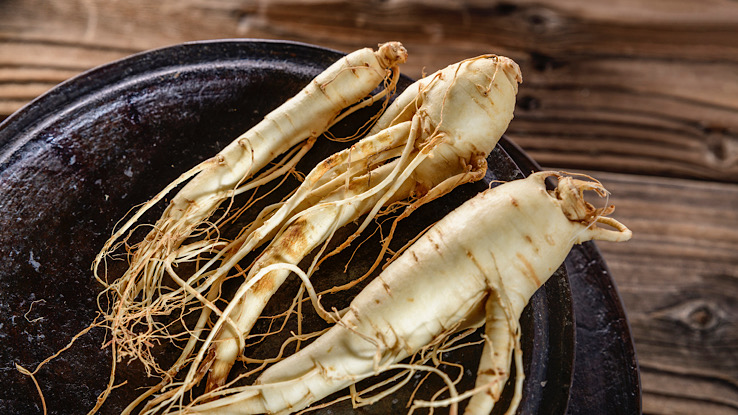
American ginseng is ane of the most widely used plants in herbal medicine. People crush the root and take it orally. People take it to boost their immune systems, decrease stress, and help treat upper respiratory infections. Ginseng is in soft drinks and cosmetics and is in high demand worldwide. People sometimes misfile American ginseng and Asian ginseng, but they have different properties.
2. Echinacea
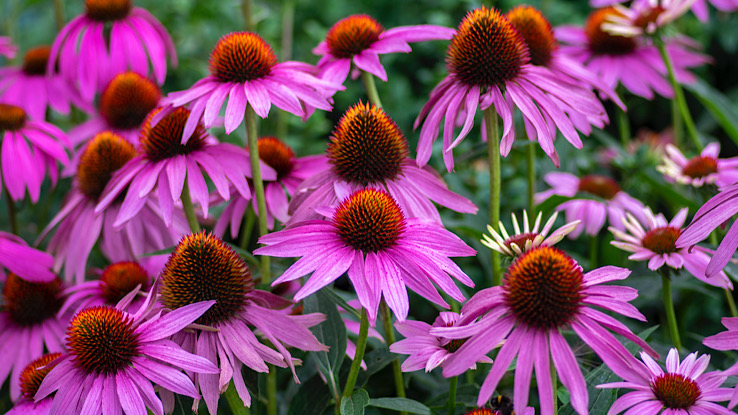
Echinacea, also known as coneflower, can prevent and treat colds and assist fight infection. People also employ it for wounds on the pare and to treat skin weather.
3. St. John's Wort
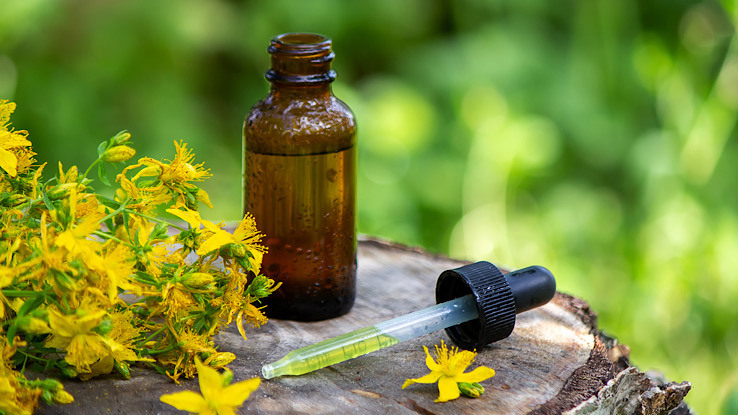
People employ St. John'south Wort either on your peel or accept it past oral fissure. Mutual topical uses include healing wounds or bruises and lessening muscle pain. Taking the institute by rima oris may assistance with depression, obsessive-compulsive disorder (OCD), and attending deficit hyperactivity disorder (ADHD). However, St. John's Wort tin can interact desperately with some medications, then talk to your physician before taking it.
4. Milk Thistle
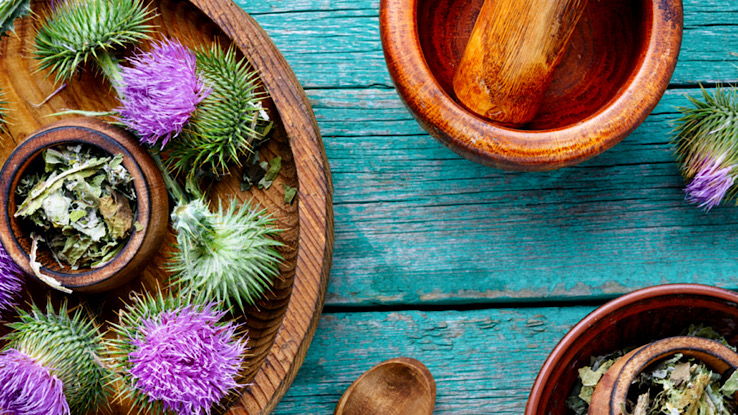
You can find ,ilk thistle, also known equally silymarin, on most continents. You tin take this supplement orally. Milk thistle can exist helpful to those with diabetes, hepatitis C, indigestion, and cirrhosis.
5. Sage
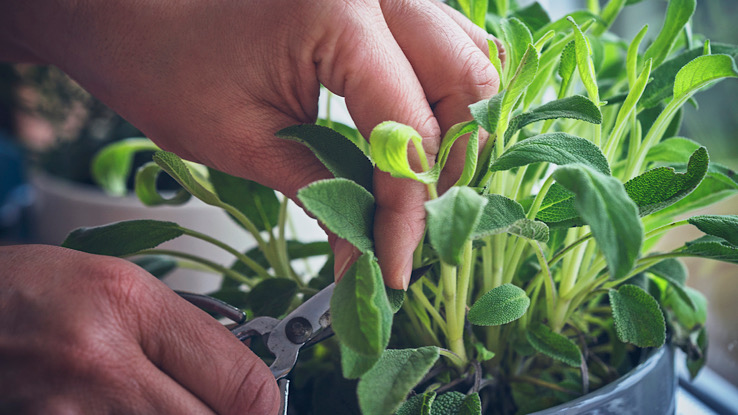
Many cultures use Sage for health benefits and as a spice. People utilise sage for sore throats, memory loss, diabetes, and to manage cholesterol levels. However, sage has high levels of thujone, and you should non eat information technology in big amounts since information technology may crusade seizures.
half-dozen. Ginkgo
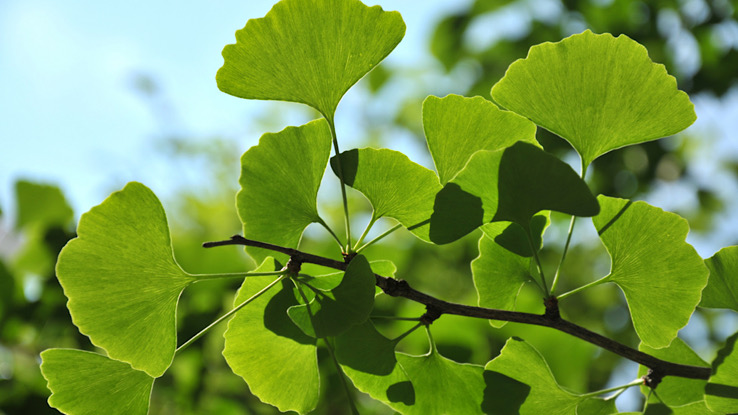
In the past, people used foliage extracts from the ginkgo tree for asthma, bronchitis, and kidney issues. People have recently used ginkgo extract every bit a dietary supplement for retention loss, tinnitus, and anxiety. People only utilize the foliage extracts, because the seeds incorporate toxins.
7. Chamomile
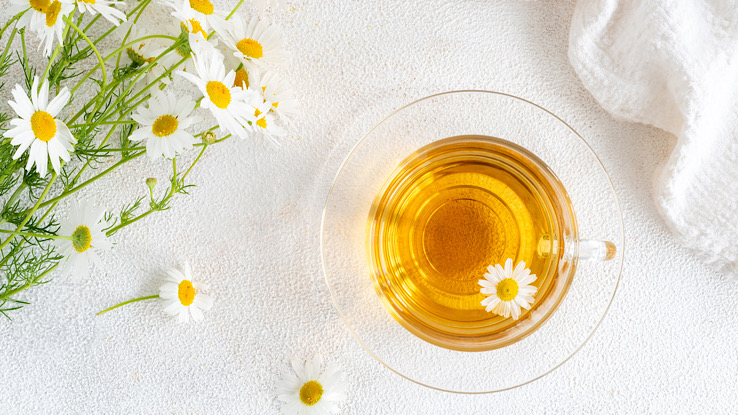
There are two different types of chamomile, Roman and German.
- German chamomile: People use it for indigestion, indisposition, and high stress. It can also treat sores on the gums caused by cancer treatment.
- Roman chamomile: People use it for indisposition, nausea, and swelling. You can put information technology in teas and on the pare for wounds and inflammation.
8. Aloe Vera
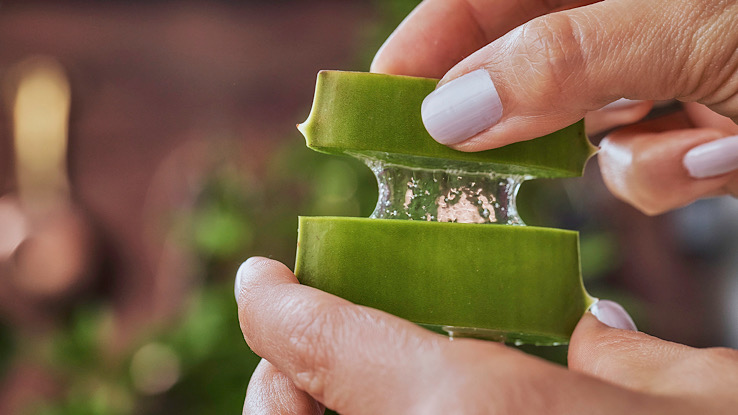
There are over 400 kinds of aloe plants. Aloe vera has a gel within the leaves that can treat burns on the skin. People also use the leaves as a laxative. Y'all volition detect this found in commercial foods and equally a flavour condiment and dietary supplement.
9. Tea Tree
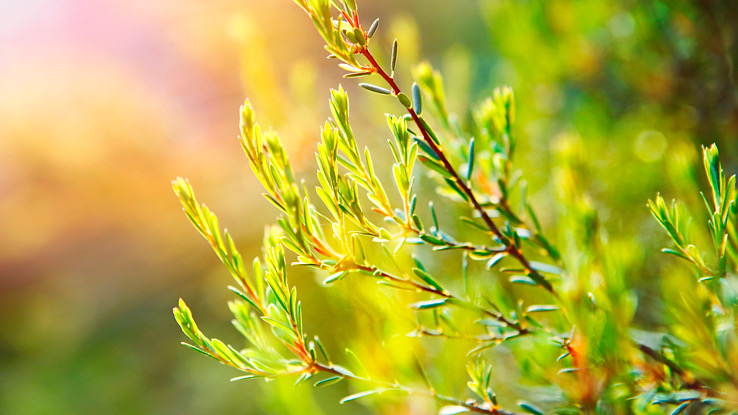
The oil made from tea tree leaves tin can be very beneficial for the pare and help treat acne. It is too an antiseptic and can be helpful for insect bites, nail fungus, and cuts. You should utilise tea tree oil topically and not eat it.
10. Valerian
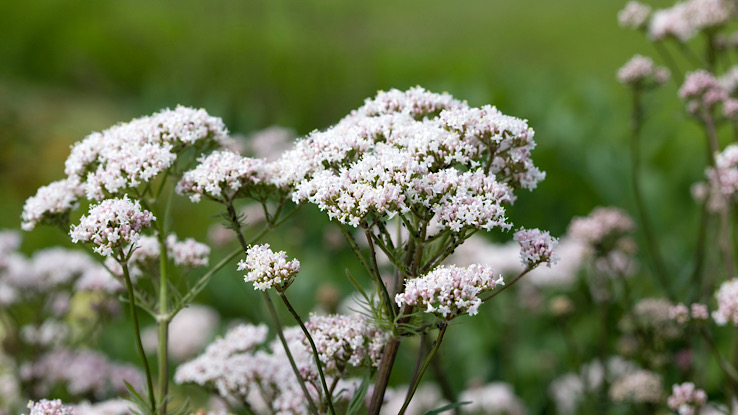
The roots of this found can treat insomnia, anxiety, and migraines. Studies testify that valerian tin help relieve premenstrual syndrome (PMS) hurting and menopause symptoms. Since it can help induce sleep, practise non utilise it with alcohol or sedatives.
Resources Links
- "Aloe Vera" via National Institute of Environmental Wellness Sciences
- "Aloe" via Mayo Clinic
- "American Ginseng" via MedlinePlus
- "Chamomile" via National Center for Complementary and Integrative Health
- 'Echinacea: What Should I Know Nearly Information technology?" via Family Medico
- "The growing apply of herbal medicines: bug relating to agin reactions and challenges in monitoring safety" via Frontiers in Pharmacology
- "A Guide to Common Medicinal Herbs" via University of Rochester Medical Center
Source: https://www.symptomfind.com/nutrition-supplements/medicinal-plants-and-their-uses?utm_content=params%3Ao%3D740013%26ad%3DdirN%26qo%3DserpIndex
Posted by: clarkgothis.blogspot.com

0 Response to "What Can Plants Do That Animals Cannot"
Post a Comment